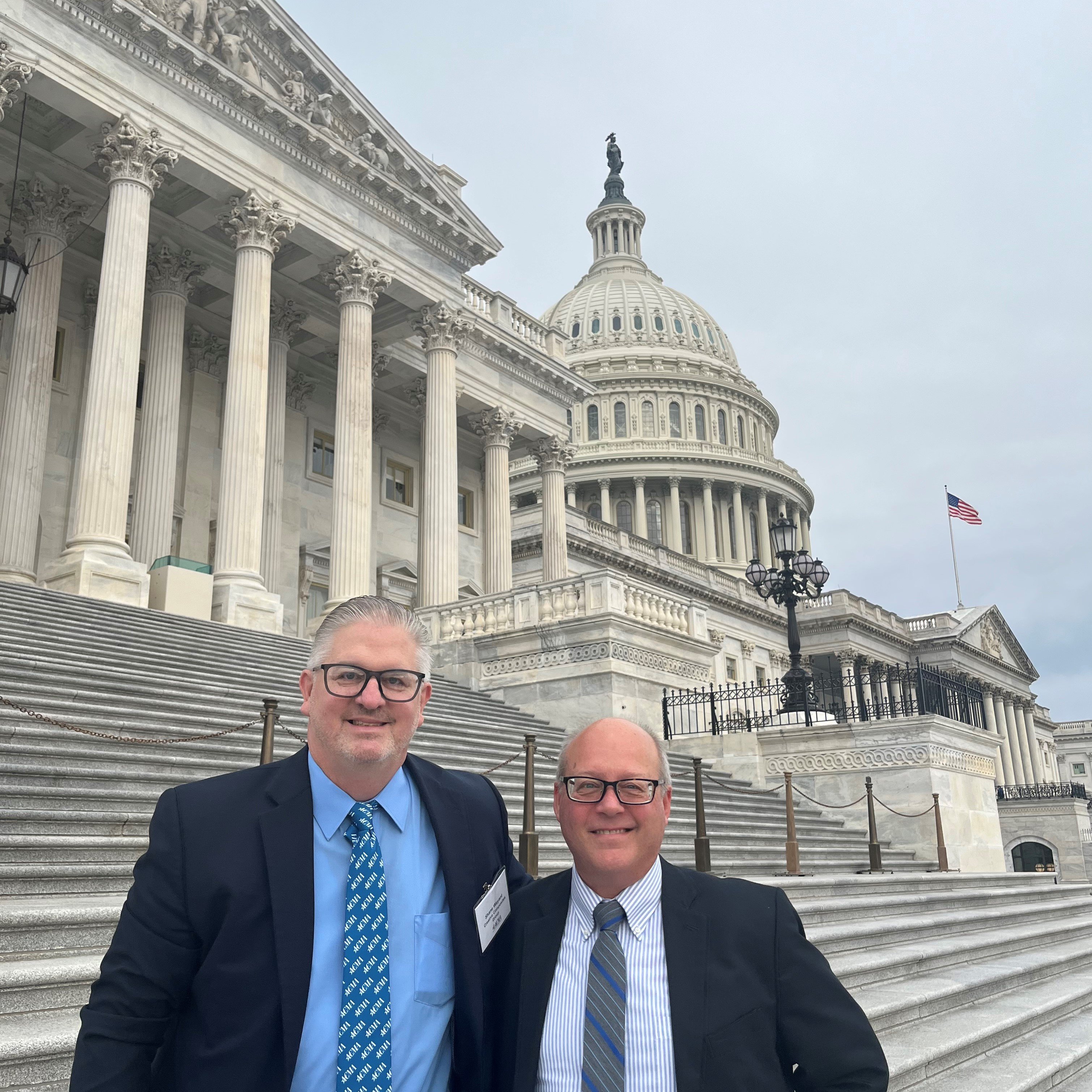
In February, Creative Composites Group had the unique opportunity to tell Members of Congress and agency leadership a compelling story about the flexibility, sustainability and resiliency of Fiber Reinforced Polymer (FRP) composites. CCG attended the ACMA Infrastructure & Sustainability Fly-In in Washington, DC for the first time since 2020.
ACMA Infrastructure & Sustainability Fly-In To Washington, DC
FRP Hits the Hill
The turnover in politicians generated by the 2020 presidential election and the U.S. midterm election in 2022 shaped the tone of our visit. We focused on educating leaders and staff about the advantages of advanced materials. In many cases, we found that these new people had not heard of composites.
Bipartisan Infrastructure Investments & Education
Earlier this year, it was announced that the Bipartisan Infrastructure Law’s MEGA program (Nationally Significant Infrastructure) would provide additional bridge and supply chain investments along with awards for the Bridge Investment Program’s allocation for bridge projects under $100 million. Some of those funds will be used to source FRP materials. We took the opportunity to express our appreciation for the bill’s emphasis on advanced materials.
ACMA members split up into teams of four to five people and visited congressional offices tied to states where we have composite facilities and offices for transportation and infrastructure-related committees. We also received briefings from two primary committees and an agency in this arena:
- Senate Environment and Public Works Committee
- House Transportation and Infrastructure Committee
- U.S. Environmental Protection Agency
- U.S. Department of Transportation
Environmental Product Declaration
Feedback from those discussions revolved around an interest in FRP’s low maintenance, resilience during extreme weather events and long life. Congressional and Biden administration staffers also shared some of their goals for the coming term. One initiative is the Environmental Product Declaration. An EPD report tells the life cycle story of a product in a single, comprehensive report. The EPD provides information about a product's impact on the environment, such as energy usage, global warming potential, smog creation, ozone depletion and water pollution.
State and regional government agencies, manufacturers and infrastructure owners will need to decide how to collect data and implement the program. It is designed to cover all materials. FRP composites are already emerging with a strong advantage when compared to traditional materials. Production of FRP produces fewer greenhouse gases and consumes less energy than the production of steel, aluminum and concrete. FRP has also demonstrated its ability to reduce environmental impact over aluminum and steel recycling methods in terms of air and water output and energy consumption. ACMA is beginning to collect data for FRP products with a cradle-to-gate scope. The term refers to a product’s carbon impact from fabrication to shipment. CCG is already gathering data on its products and holds a completed EPD for its FireStrong FRP utility poles.
Environmental Mapping
The Environmental Protection Agency (EPA) has developed an Environmental Justice Screening and Mapping Tool to identify disadvantaged communities that are marginalized, underserved and overburdened by pollution. This tool will be used in allocating funding from the infrastructure bill for communities that fall in this category. FRP composites will be a good fit for these projects as well.
